Emily Riehl is rewriting the foundations of higher category theory while also working to make mathematics more inclusive.


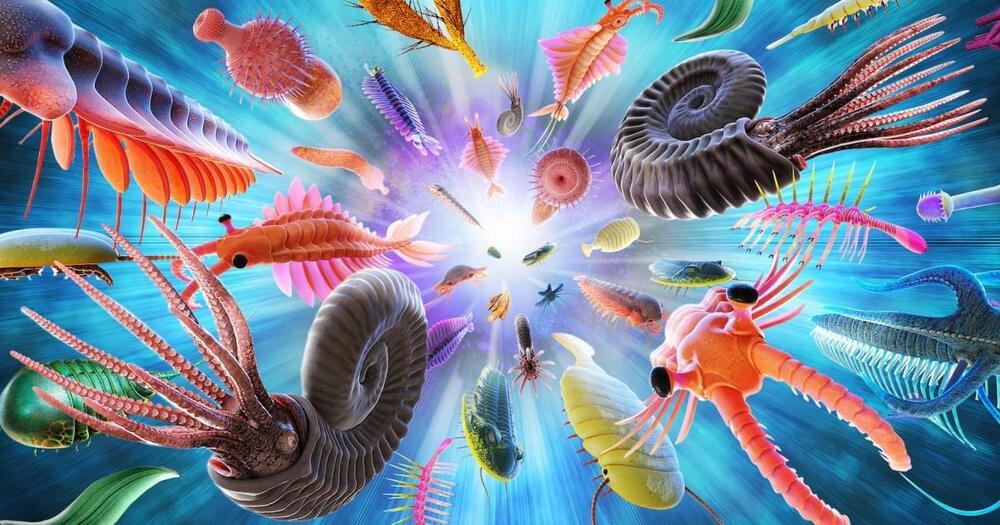
Evolution’s rapid pace after the Cambrian explosion
Though the work of Schopf and other paleobiologists continues to fill in the Precambrian fossil record, questions remain about the pace of the Cambrian explosion. What triggered life to evolve so fast?
The question has intrigued scientists of many disciplines for decades. Interdisciplinary collaboration has wrought a wealth of evidence from diverse perspectives — geochemical, paleoenvironmental, geological, anatomical, and taxonomic — that describes how biological organisms evolved in concert with changing environmental conditions.
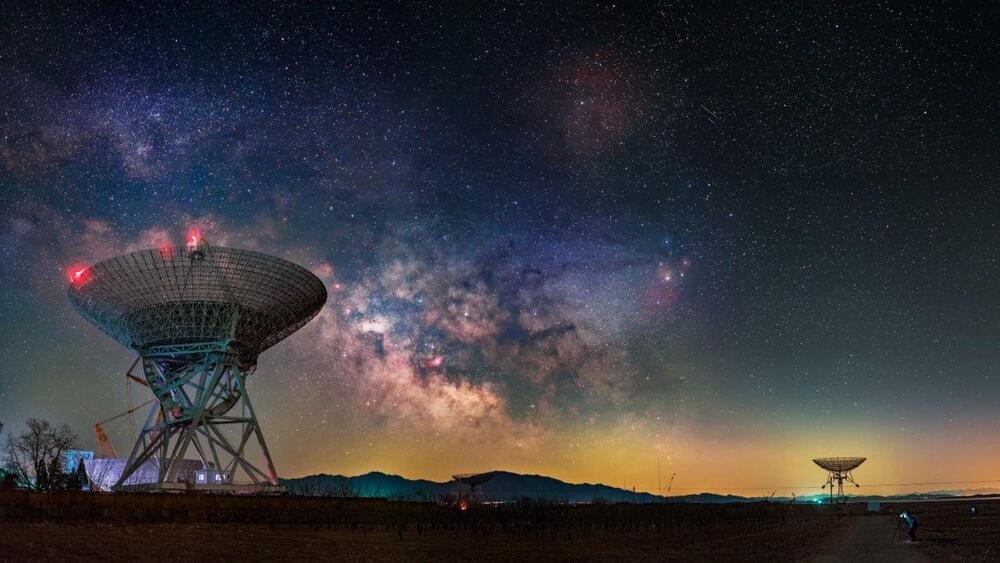
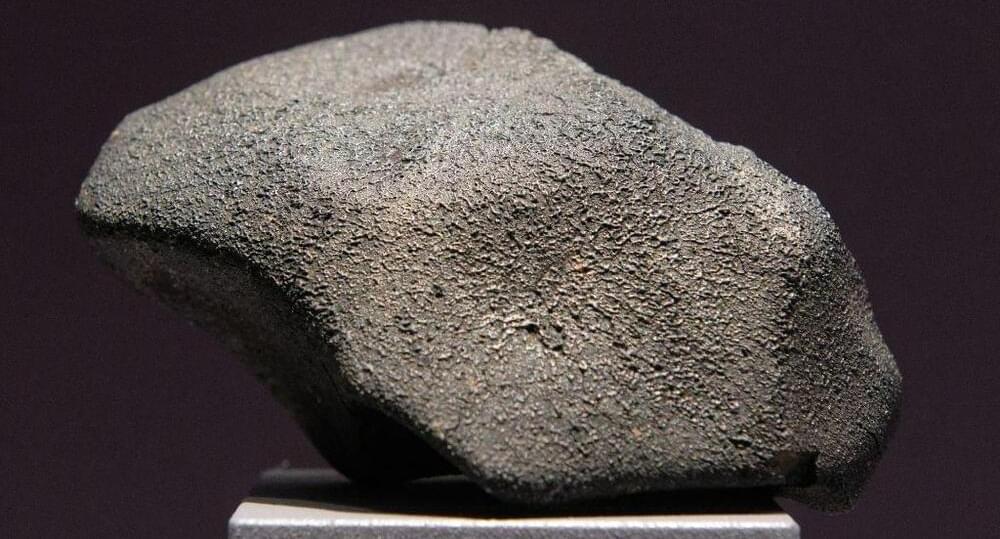
The study was undertaken by Yasuhiro Oba’s team from Hokkaido University in Japan and astrochemists at NASA. A few years ago, Oba developed a technique to delicately excavate and separate different chemical compounds found in meteorite dust.
Using their mild extraction technique that uses cold water instead of acids, scientists found life-creating bases and compounds in four meteorite samples from Australia, US state of Kentucky, and Canadian province of British Columbia.
The discovery of these compounds in meteorites means that it is possible life on Earth as it stands today was created by compounds that came from outer space.
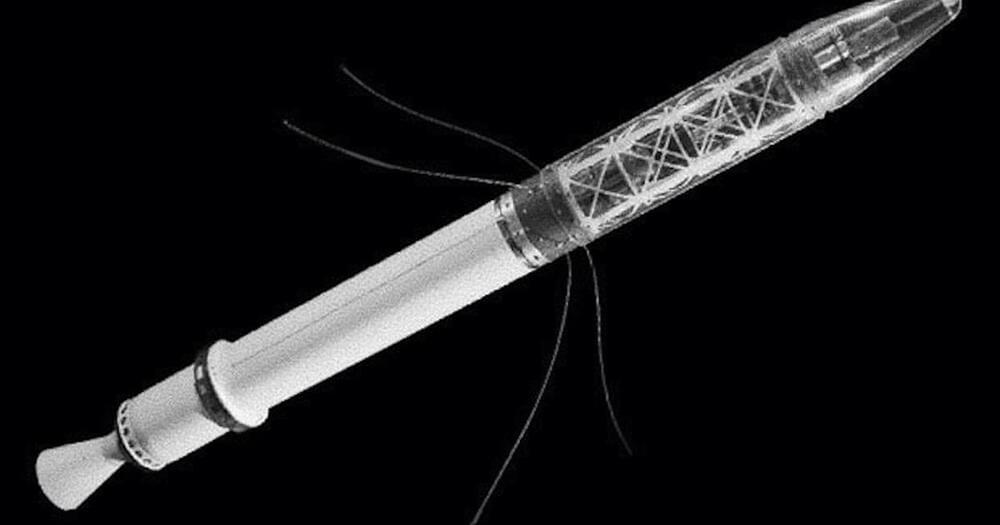

Bill Gates, the Microsoft founder turned philanthropist, has called for a global response team to be set up to carry out surveillance for pathogens that can potentially ring in the next pandemic, Financial Times reported.
Long before COVID-19 struck, Gates warned the world of an imminent pandemic and the need to prepare ourselves to face it. Gates has been vocal about the long delays involved in the vaccine development process and the lack of equity in vaccine distribution in the world. So far, he has also been right about how the COVID-19 pandemic will play out and has pandemic avoiding strategies in his new book.


Media jobs across the board — including those in advertising, technical writing, journalism, and any role that involves content creation — may be affected by ChatGPT and similar forms of AI, Madgavkar said. That’s because AI is able to read, write, and understand text-based data well, she added.
“Analyzing and interpreting vast amounts of language based data and information is a skill that you’d expect generative AI technologies to ramp up on,” Madgavkar said.
Economist Paul Krugman said in a New York Times op-ed that ChatGPT may be able to do tasks like reporting and writing “more efficiently than humans.”
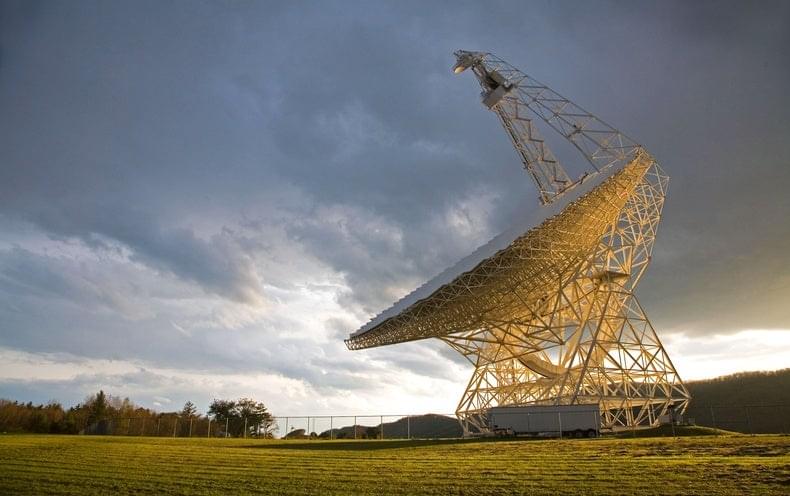
If we’re going to put an AI brain somewhere, it’s likely going to be a robot. The next step – making that robot immortal.